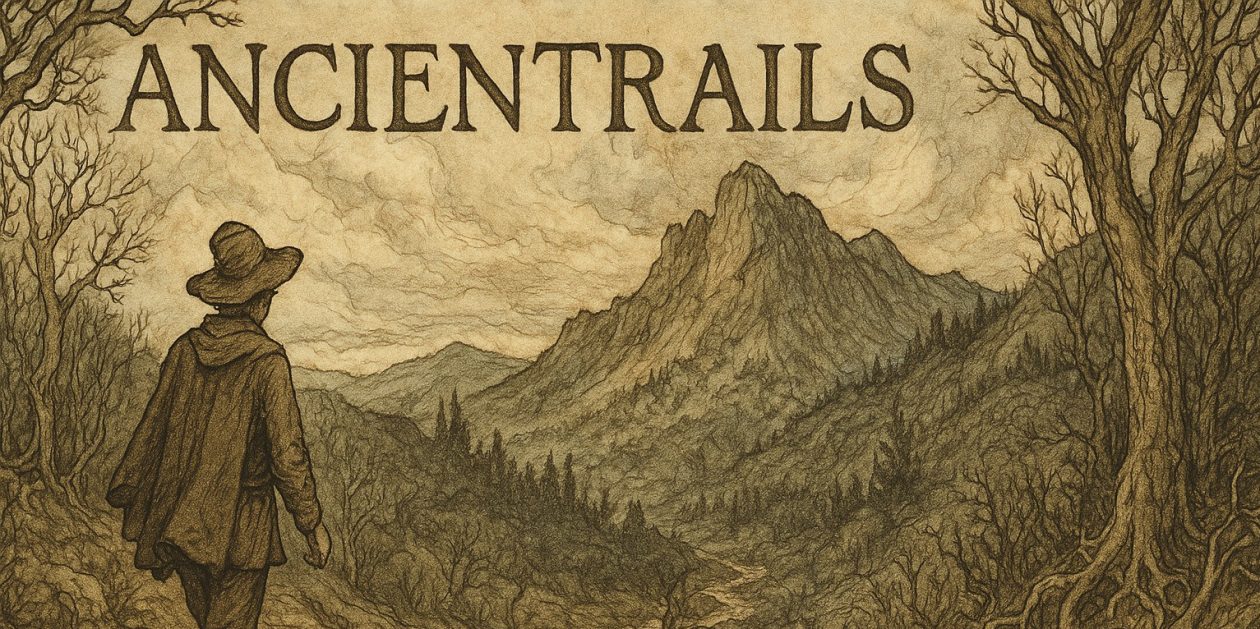Beltane Early Growth Moon
Shane Carruth, Upstream Color (see below), was also the cinematographer. Forgot that last night.
In answering questions, in particular about the density of his works, he made two points, both interesting. First, he said he makes a narrative as it needs to be to tell his story. That means it may take more than one pass to take in all the narrative has to offer. Just like reading a book or seeing a painting. Made sense to me.
(Barrias, French, 1893)
Second, all narratives, he believes, are veiled, which he emphasized in answers to more than one question. In this he means the viewer or reader never knows the whole story and often knows a very limited portion of it. I took from his overall answers that this conviction comes from life, where the future veils the narrative in every instance and, too, I suppose, since we never know the interiority of the other, veiled in that sense as well.
While I agree intellectually with this latter point, as an intention in a work of art, I’m suspicious. It can too easily serve as an excuse for careless ambiguity and might enforce an aterminus approach to story telling; which, though it is true as Carruth said last night, that all film narratives must end (and by implication in that way deviate from the truly veiled nature of the narrative future) that departure from reality should not encourage pointless realism.
There may be some of that in this film. Until I’ve had longer to consider it, and until I’ve seen it at least a second time, I’ll reserve my opinion on that.
